Tag: Maryland
Wikipedia says: Maryland is a state in the Mid-Atlantic region of the United States, bordering Virginia, West Virginia, and the District of Columbia to its south and west; Pennsylvania to its north; and Delaware and the Atlantic Ocean to its east. Baltimore is the largest city in the state and the capital is Annapolis. Among its occasional nicknames are Old Line State, the Free State, and the Chesapeake Bay State. It is named after the English Queen Henrietta Maria, known in England as Queen Mary, who was the wife of King Charles I.
Before its coastline was explored by Europeans in the 16th century, Maryland was inhabited by several groups of Native Americans – mostly by the Algonquin, and to a lesser degree by the Iroquois and Siouian. As one of the original Thirteen Colonies of England, Maryland was founded by George Calvert, 1st Baron Baltimore, a Catholic convert who sought to provide a religious haven for Catholics persecuted in England. In 1632, Charles I of England granted Lord Baltimore a colonial charter, naming the colony after his wife, Queen Mary (Henrietta Maria of France). Unlike the Pilgrims and Puritans, who rejected Catholicism in their settlements, Lord Baltimore envisioned a colony where people of different religious sects would coexist under the principle of toleration. Accordingly, in 1649 the Maryland General Assembly passed an Act Concerning Religion, which enshrined this principle by penalizing anyone who “reproached” a fellow Marylander based on religious affiliation. Nevertheless, religious strife was common in the early years, and Catholics remained a minority, albeit in greater numbers than in any other English colony.
Maryland’s early settlements and population centers clustered around rivers and other waterways that empty into the Chesapeake Bay. Its economy was heavily plantation-based and centered mostly on the cultivation of tobacco. Britain’s need for cheap labor led to a rapid expansion of indentured servants, penal labor, and African slaves. In 1760, Maryland’s current boundaries took form following the settlement of a long-running border dispute with Pennsylvania. Maryland was an active participant in the events leading up to the American Revolution, and by 1776, its delegates signed the Declaration of Independence. Many of its citizens subsequently played key political and military roles in the war. In 1790, the state ceded land for the establishment of the U.S. capital of Washington, D.C.
Although then a slave state, Maryland remained in the Union during the American Civil War, its strategic location giving it a significant role in the conflict.
Civil War
The state remained with the Union during the Civil War, due in significant part to demographics and Federal intervention. The 1860 census, held shortly before the outbreak of the civil war, showed that 49% of Maryland’s African Americans were free blacks.
Governor Thomas Holliday Hicks suspended the state legislature, and to help ensure the election of a new pro-union governor and legislature, President Abraham Lincoln had a number of its pro-slavery politicians arrested, including the Mayor of Baltimore, George William Brown; suspended several civil liberties, including habeas corpus; and ordered artillery placed on Federal Hill overlooking Baltimore. Historians debate the constitutionality of these wartime actions, and the suspension of civil liberties was later deemed illegal by the U.S. Supreme Court.
In April 1861 Federal units and state regiments were attacked as they marched through Baltimore, sparking the Baltimore riot of 1861, the first bloodshed in the Civil War. Of the 115,000 men from Maryland who joined the military during the Civil War, 85,000, or 77%, joined the Union army, while the remainder joined the Confederate Army.[citation needed] The largest and most significant battle in the state was the Battle of Antietam on September 17, 1862, near Sharpsburg. Although a tactical draw, the battle was considered a strategic Union victory and a turning point of the war.
After the war
A new state constitution in 1864 abolished slavery and Maryland was first recognized as a “Free State” in that context. Following passage of constitutional amendments that granted voting rights to freedmen, in 1867 the state extended suffrage to non-white males.
Showing 1–16 of 185 results
-
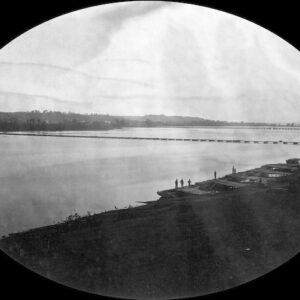
Image ID: AADU
$6.99 -
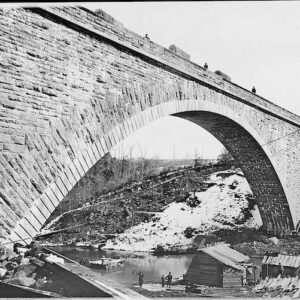
Image ID: AAGB
$4.99 – $6.99 This product has multiple variants. The options may be chosen on the product page -
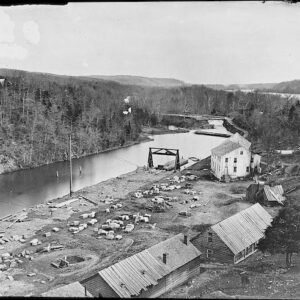
Image ID: AAGD
$4.99 – $6.99 This product has multiple variants. The options may be chosen on the product page -
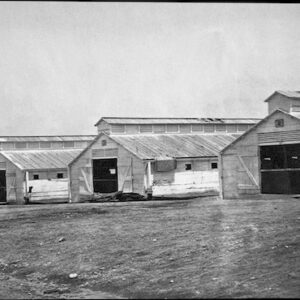
Image ID: AAJX
$5.99 -
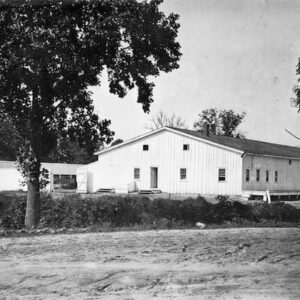
Image ID: AAKV
$2.99 -
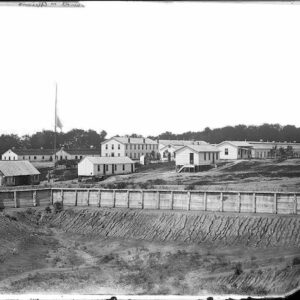
Image ID: AAKY
$4.99 – $6.99 This product has multiple variants. The options may be chosen on the product page -
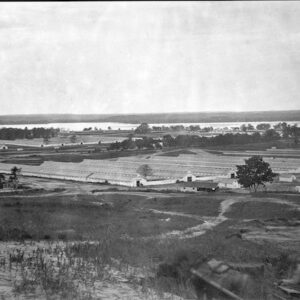
Image ID: AAKZ
$6.99 -
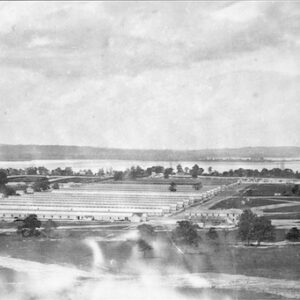
Image ID: AALA
$5.99 -
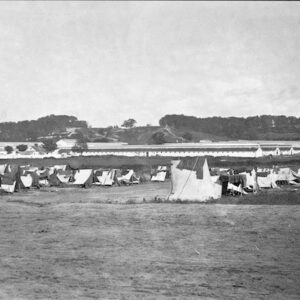
Image ID: AALB
$6.99 -
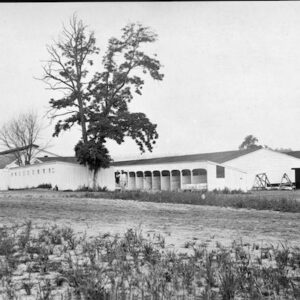
Image ID: AALC
$5.99 -
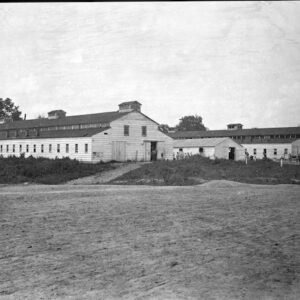
Image ID: AALD
$6.99 -
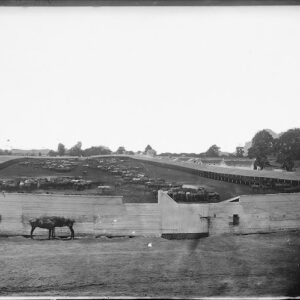
Image ID: AALE
$4.99 – $6.99 This product has multiple variants. The options may be chosen on the product page -
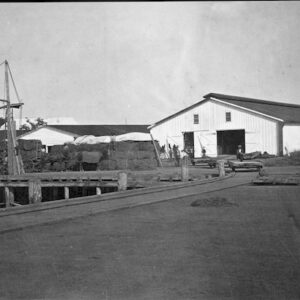
Image ID: AALH
$6.99 -
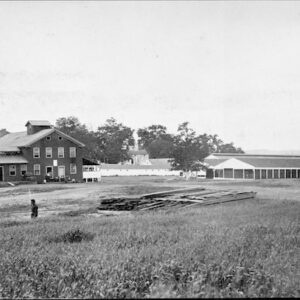
Image ID: AALI
$5.99 -
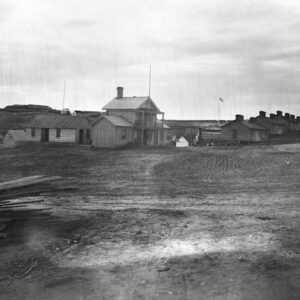
Image ID: AAMB
$6.99 -
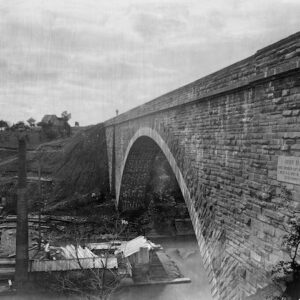
Image ID: AAME
$6.99